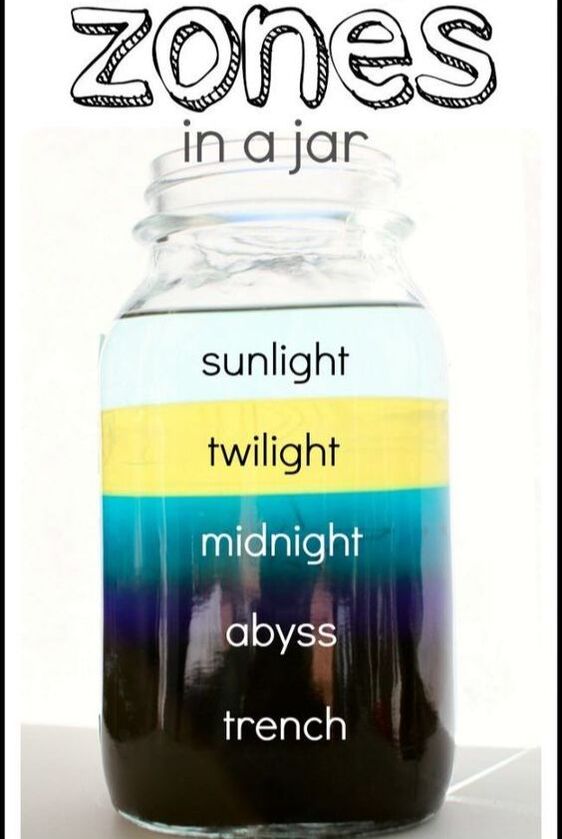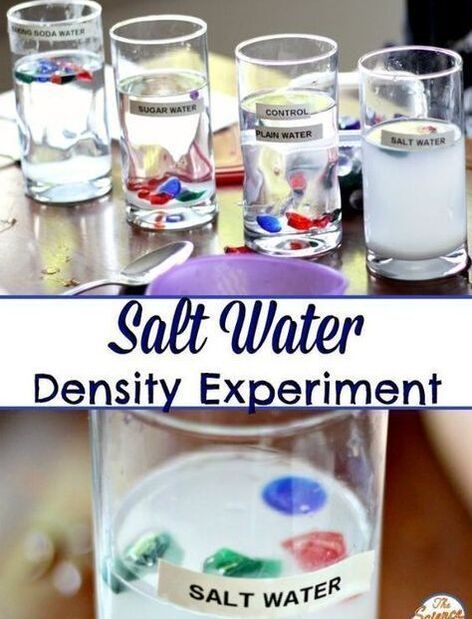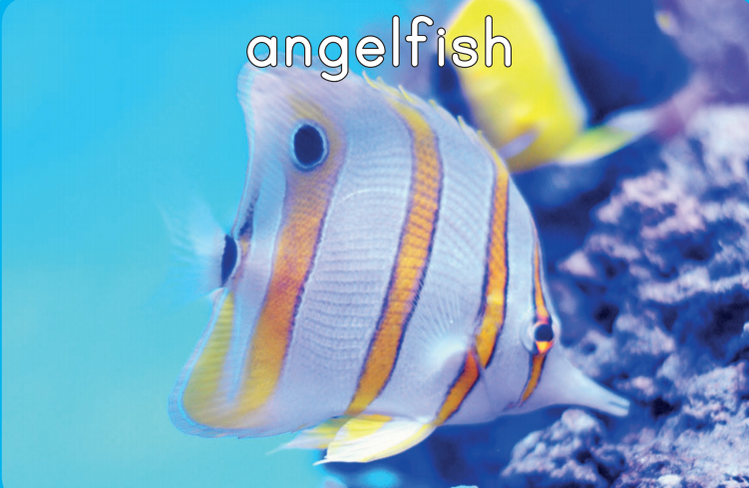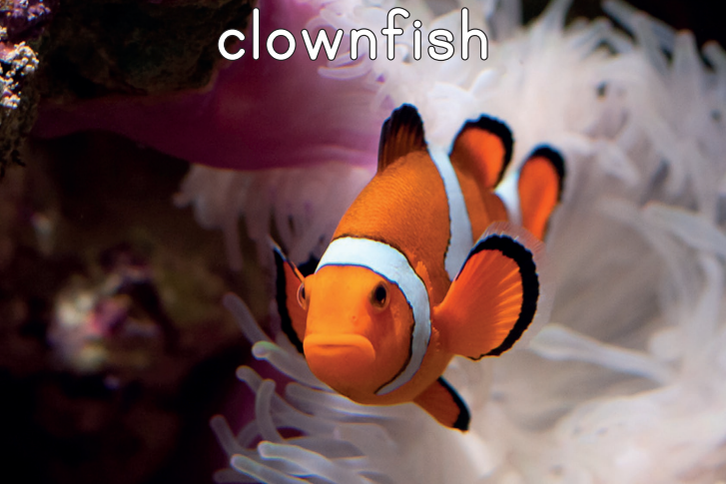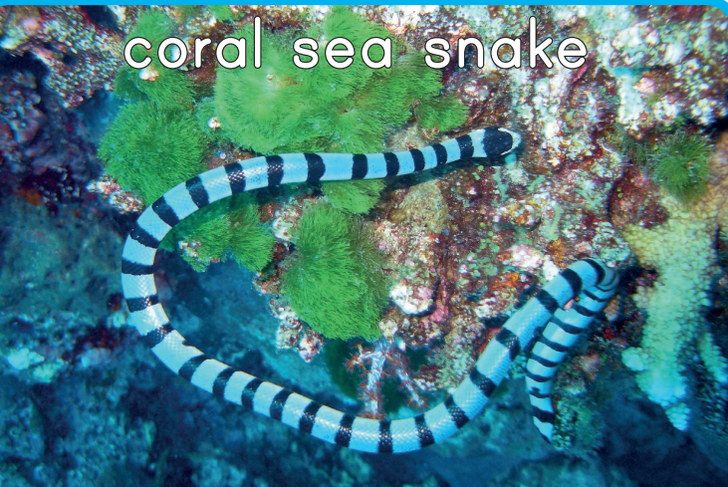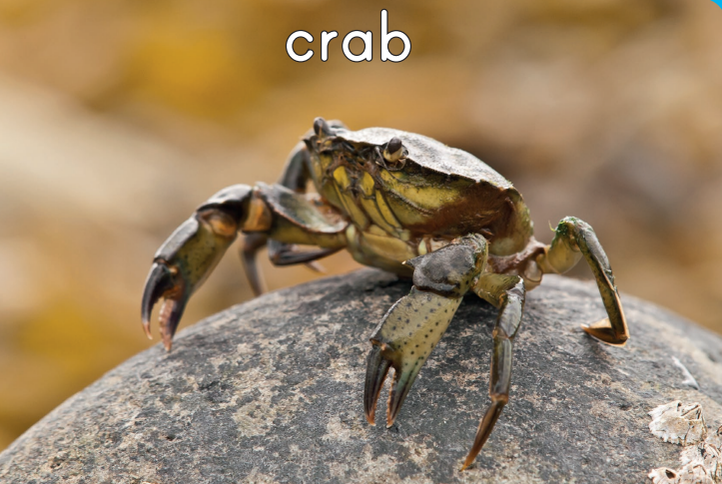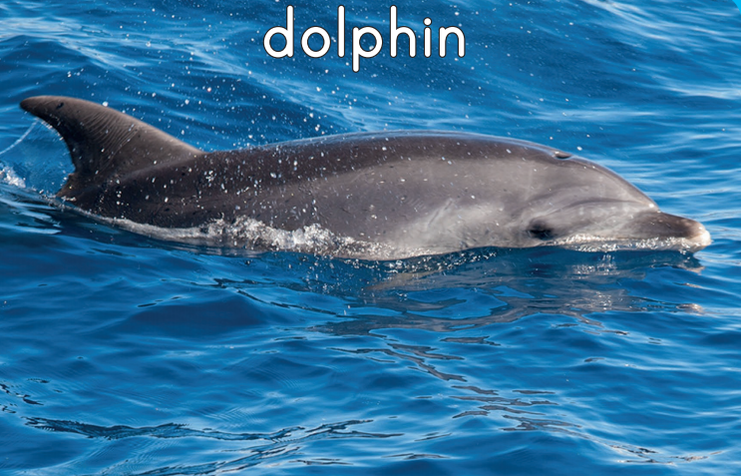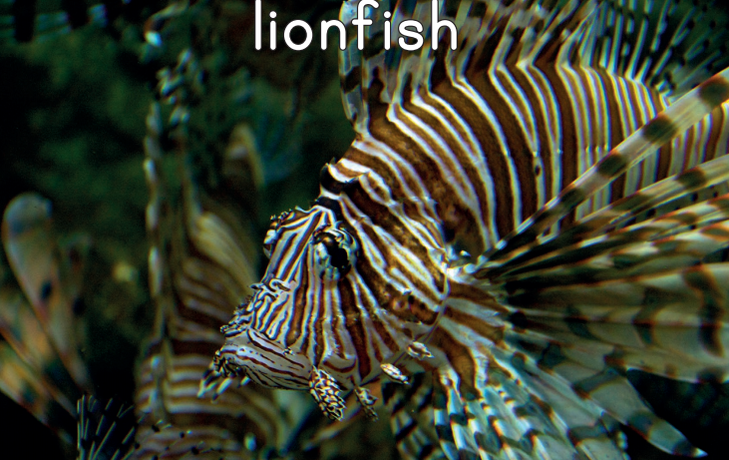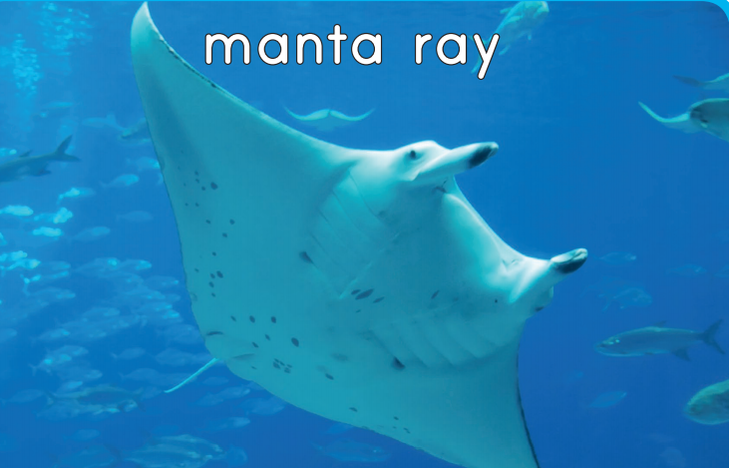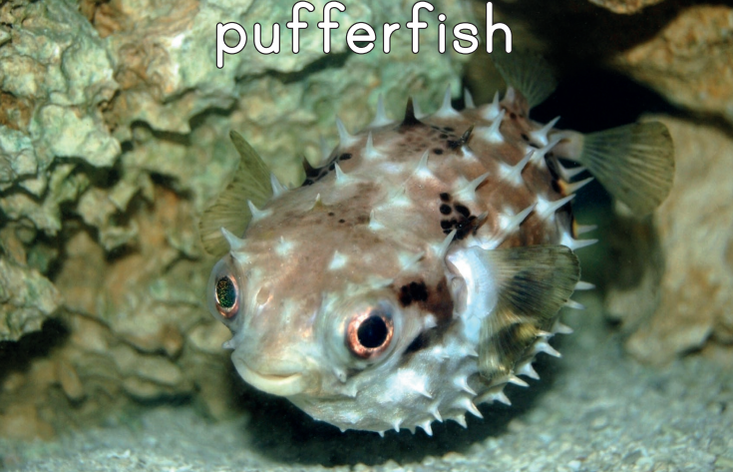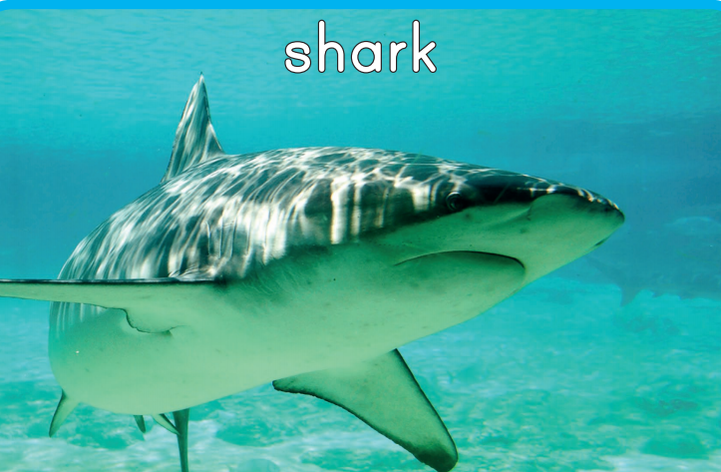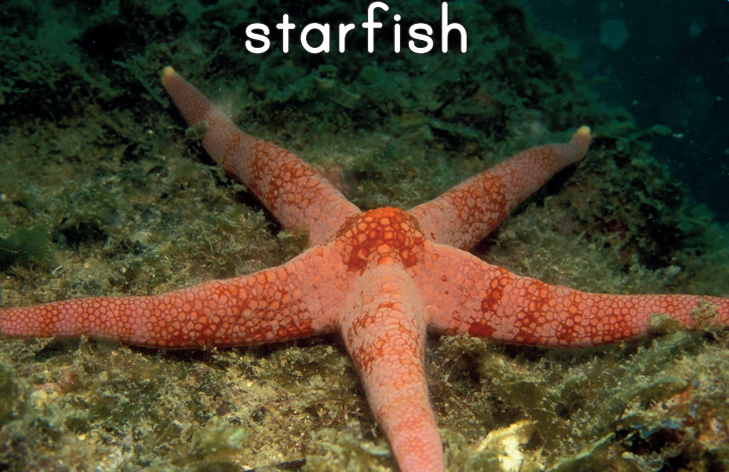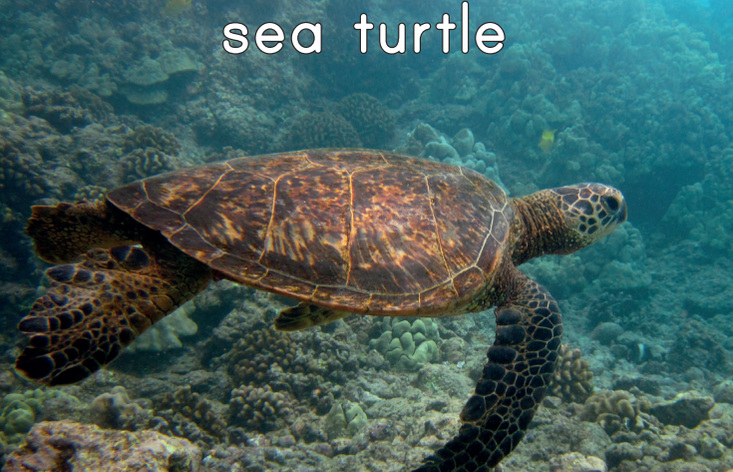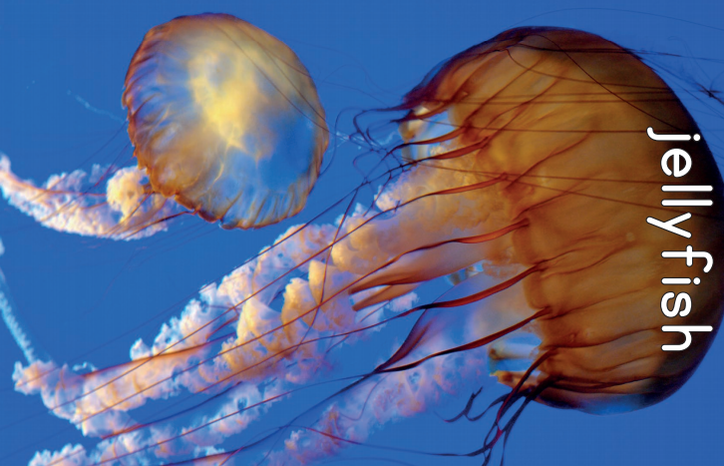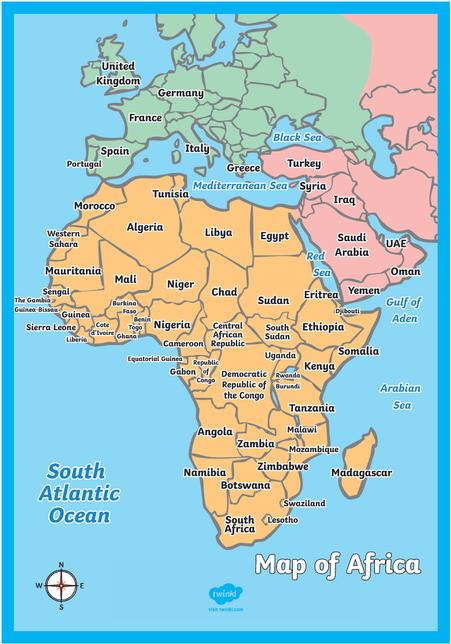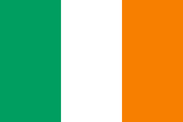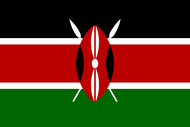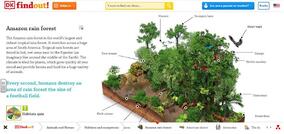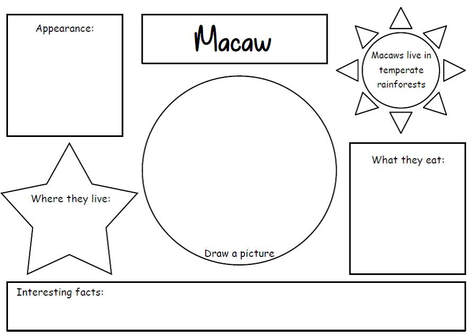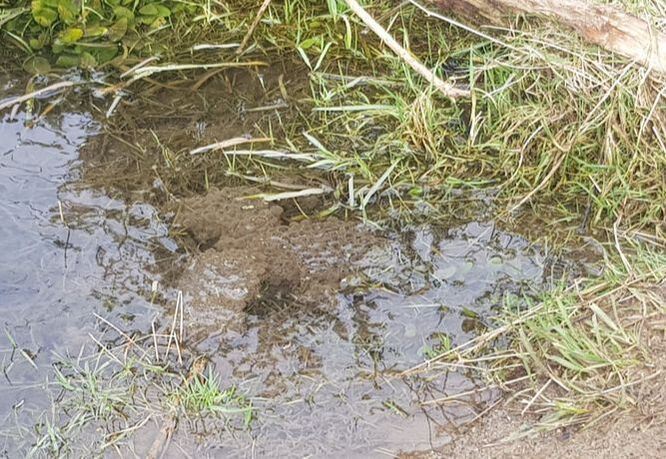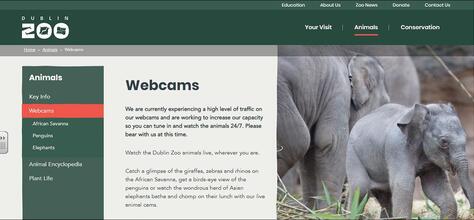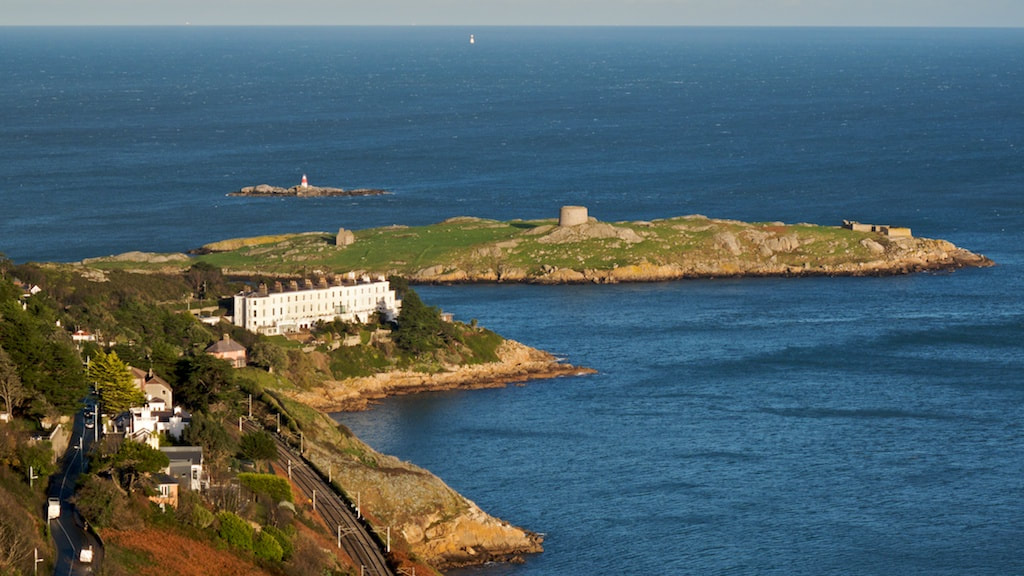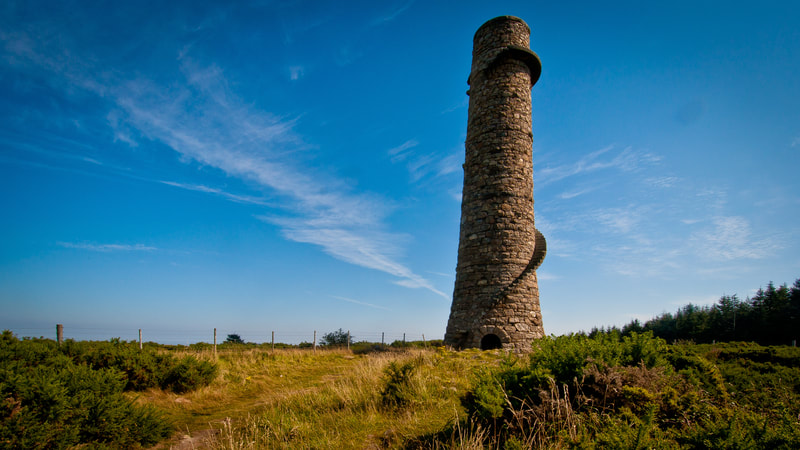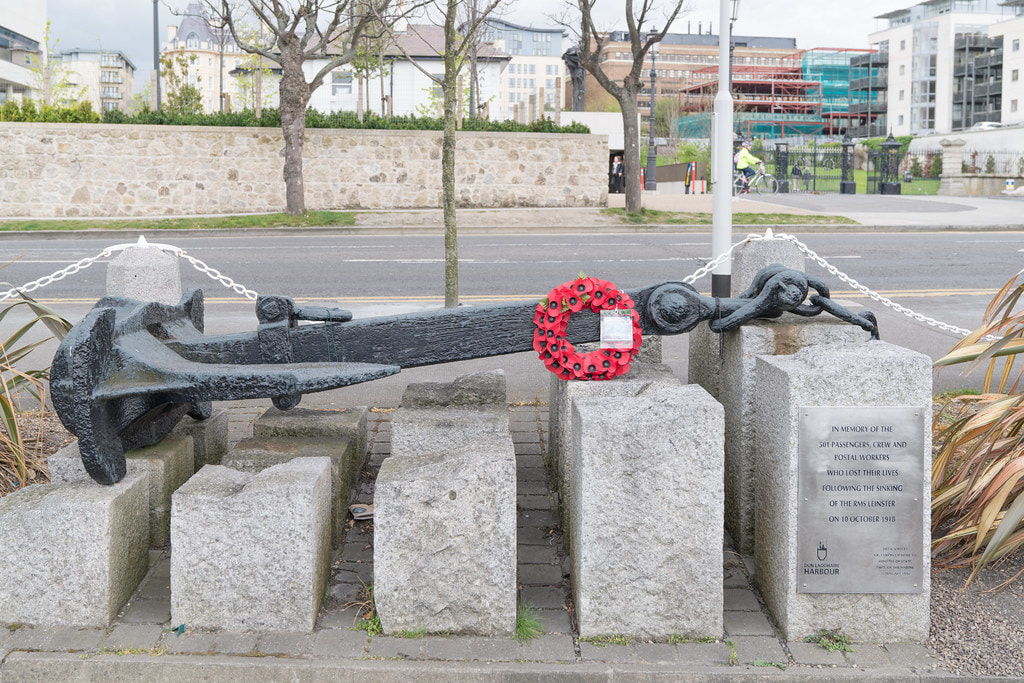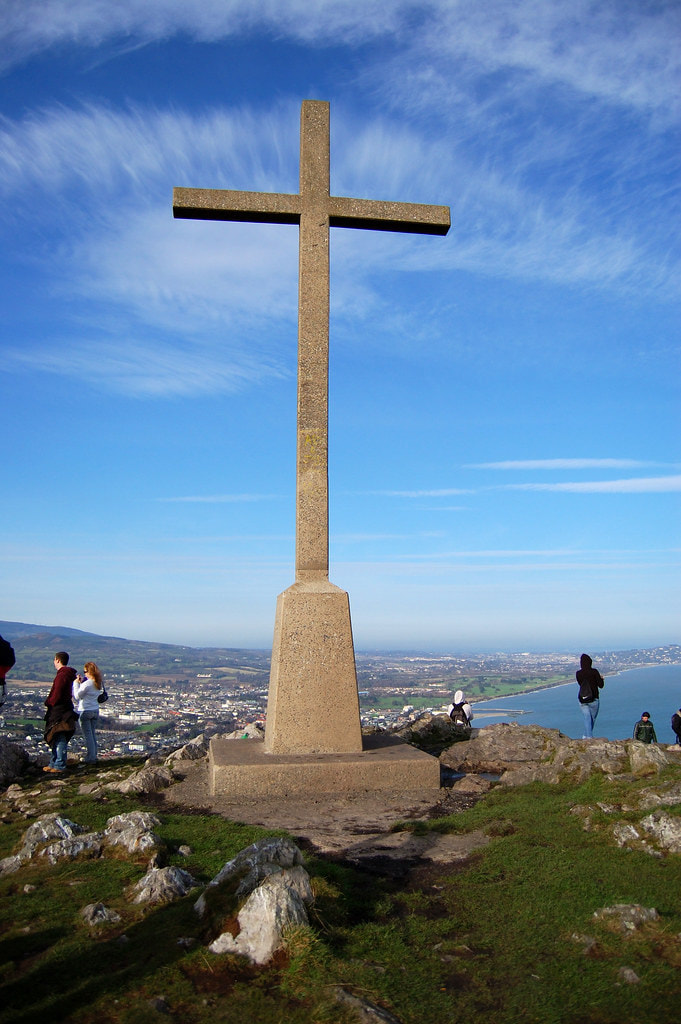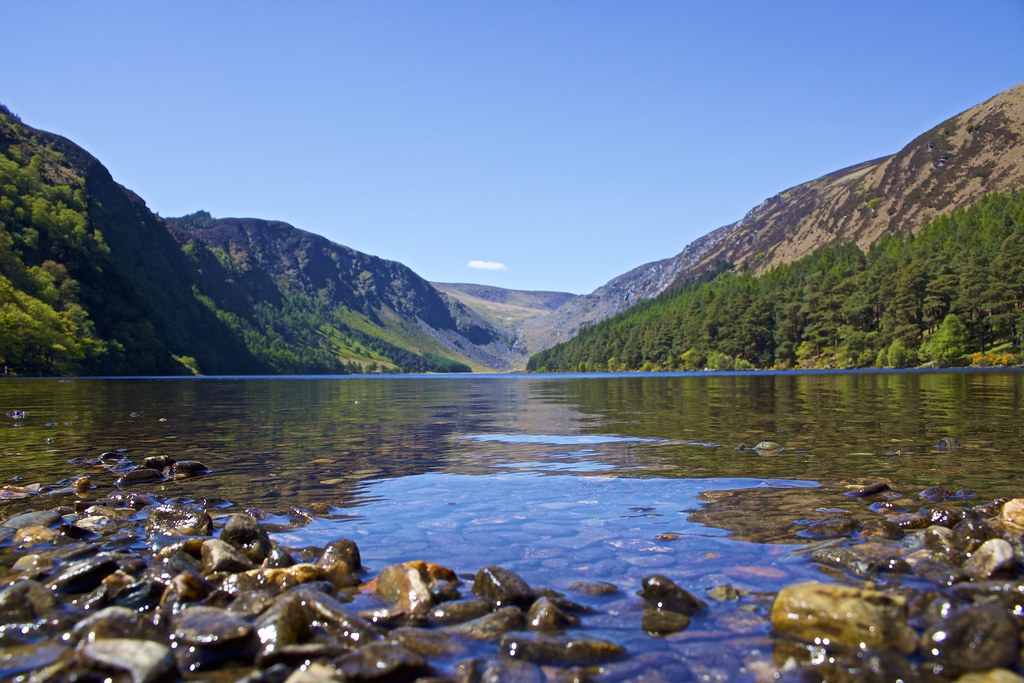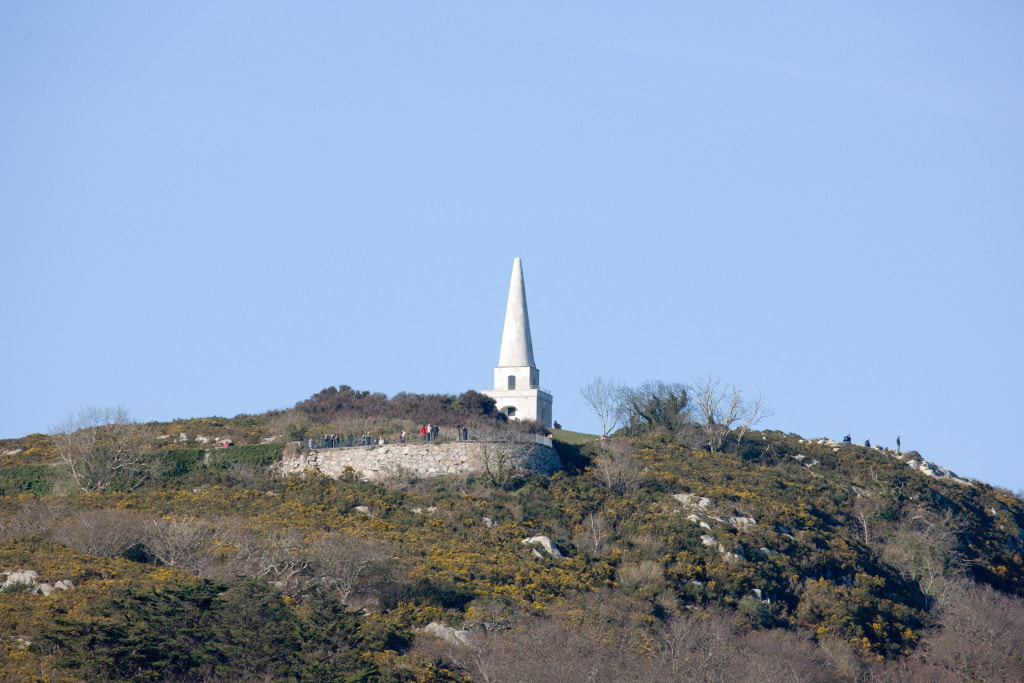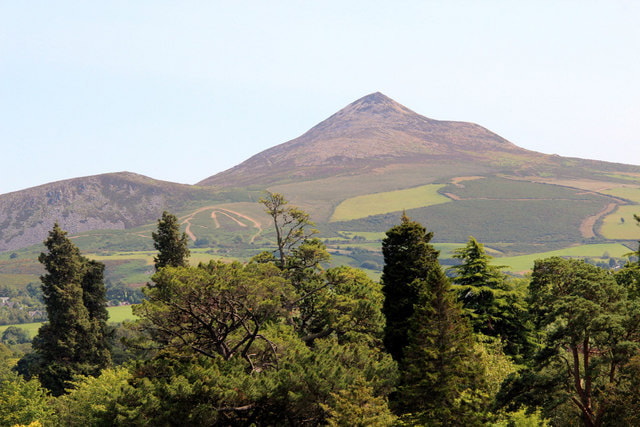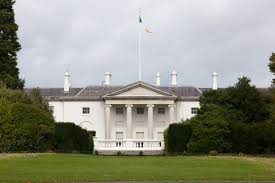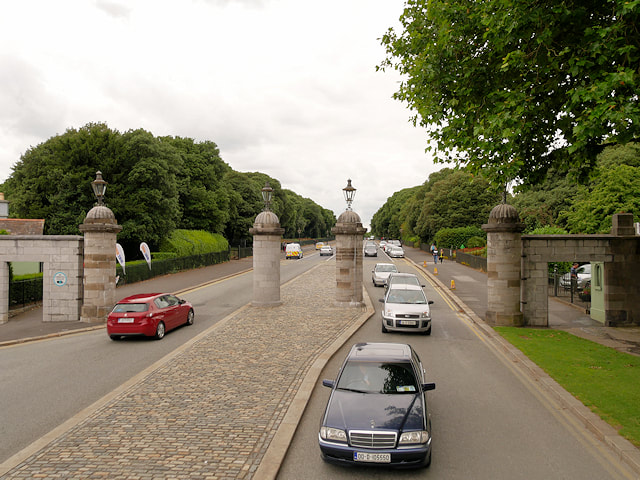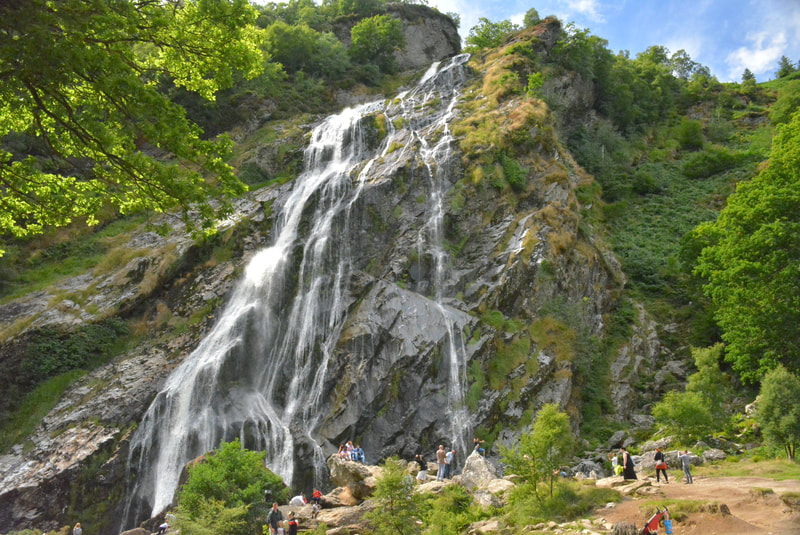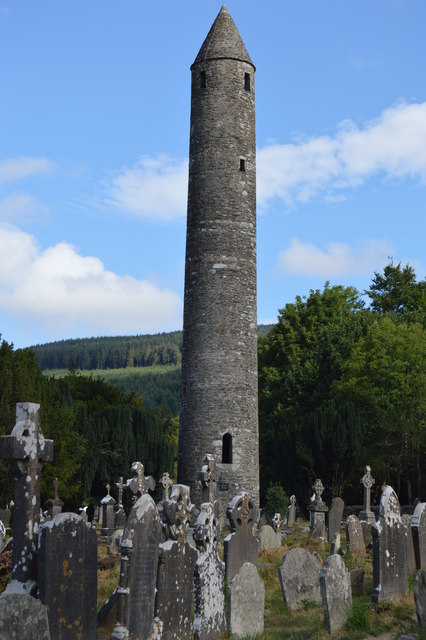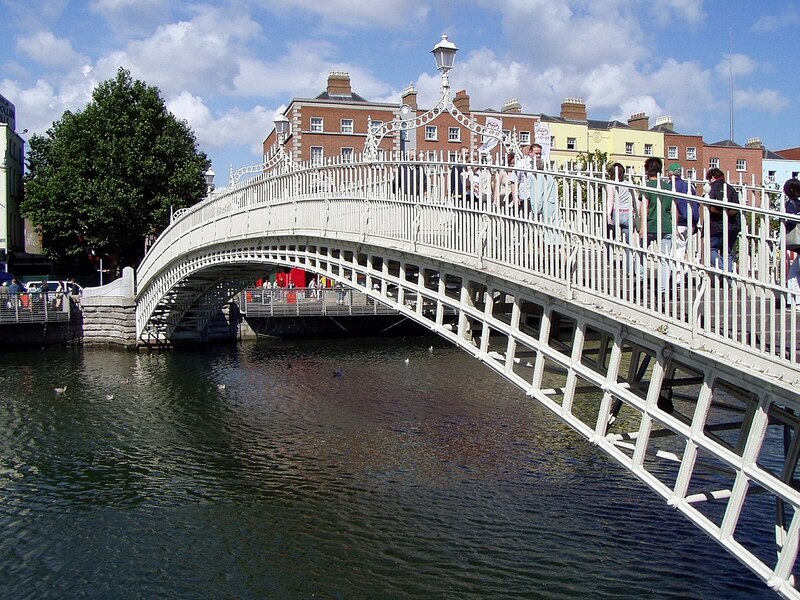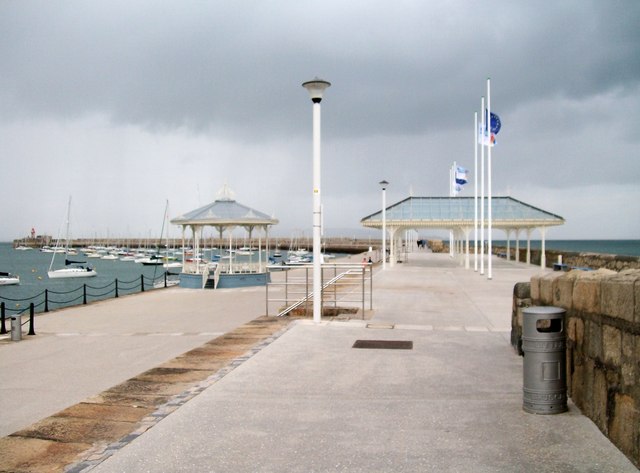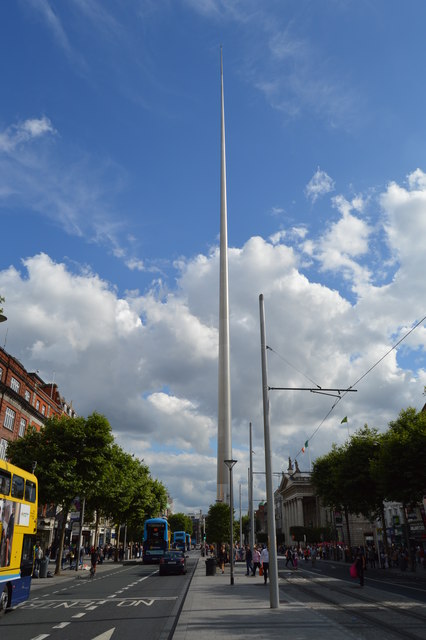Suggested Work for 8th - 12th June
Last week, we were learning about our closest seashore, how to get there and how to look after our beaches.. This week we will be learning about oceans around the world, the layers of the ocean and what things live in the ocean and at the beach. Download the PowerPoints below to learn more.
|
|
|
| ||||||||||||||||||||||||
Please find some suggested activities below. Click the pictures for more information about each activity.
Ocean Research project
Choose an animal from the pictures below and research it. Use the following headings and questions to help you:
|
Habitat::
What ocean does your animal live in? What ocean zone does your animal live in? What other facts can you find out about their habitat? |
Diet:
What does your animal eat? Does is have to hunt for it's food? How does it eat it's food? |
Predators:
What eats your animal? Is there more than one thing that eats your animal? How does your animal survive? Can it do anything to protect itself/ keep itself safe? |
Appearance:
What does your animal look like? e.g. does it have fins? flippers? spines? tentacles? arms? suckers? etc. What colour is your animal? |
Interesting facts:
Write one or more interesting facts about the animal you chose |
Suggested Work for 2nd - 5th June
Our theme for this month is the seashore. This week we will be learning about what we see at the seashore, where our closest seashore is, how to get there and how to look after our beaches.
We are so lucky to have lots of beautiful beaches near where we live. Can you name any of them? Have you visited any of the beaches near us before?
Sometime this week it would be a nice idea to go for a socially distant walk along the seashore if there is one within your 5km. Can you answer these questions?
The beaches have been very busy this weekend and a lot of people have not been taking very good care of them.
Do you know what the word "pollution" means?
Can you think of some simple rules that people should follow when they go to the beach that will help to keep our beaches clean?
Challenge:
If you need some inspiration, click on the tweets below and have a look at Flossie and the beach cleaners Twitter page. Flossie is a young girl, that lives near us, who has been trying her best to keep our beaches and sea clean so that people and animals can enjoy them safely. She has made a huge difference so far by getting the council to install sea bins and organising beach cleans during the week. She organises weekly beach cleans and invites anyone who cares about keeping our beaches clean to help. If you decide to go to help with one of Flossie's beach cleans or decide to do your very own beach clean, remember our Stay Safe rules and don't pick up anything that might be dangerous to touch, always wear gloves and have an adult help you.
We are so lucky to have lots of beautiful beaches near where we live. Can you name any of them? Have you visited any of the beaches near us before?
Sometime this week it would be a nice idea to go for a socially distant walk along the seashore if there is one within your 5km. Can you answer these questions?
- Where is the closest beach to you?
- Can you walk there or would you need to drive?
- What do you think you will see at the beach?
- What can you do at the beach for fun?
The beaches have been very busy this weekend and a lot of people have not been taking very good care of them.
Do you know what the word "pollution" means?
- Pollution is when something is added to the environment that is harmful or poisonous to living things (people and animals).
Can you think of some simple rules that people should follow when they go to the beach that will help to keep our beaches clean?
Challenge:
- Make a poster to encourage people to keep our beaches clean.
- Take a picture of you and your poster (or just your poster if you don't want to be in the picture) and send it to your teacher on Twitter (@MsONeillsClass or @MsHudsonsClass1) or in an e-mail.
- We will put them together on the website and share your message to encourage people not to pollute our beaches.
If you need some inspiration, click on the tweets below and have a look at Flossie and the beach cleaners Twitter page. Flossie is a young girl, that lives near us, who has been trying her best to keep our beaches and sea clean so that people and animals can enjoy them safely. She has made a huge difference so far by getting the council to install sea bins and organising beach cleans during the week. She organises weekly beach cleans and invites anyone who cares about keeping our beaches clean to help. If you decide to go to help with one of Flossie's beach cleans or decide to do your very own beach clean, remember our Stay Safe rules and don't pick up anything that might be dangerous to touch, always wear gloves and have an adult help you.
|
|
Suggested Work for 25th - 28th May
We are going to learn about life in Kenya, a country in Africa. Can you find Kenya on the map below?
|
Facts About Ireland
Capital City: Dublin Population: about 5 million Official language: Gaeilge and English Money: Euro Area: 84,421 square kilometers Flag: |
Facts About Kenya
Capital City: Nairobi Population: about 45 million (9 times more people than Ireland) Official language: Swahili and English Money: Kenyan shilling Area: 580,367 square kilometers (almost 7 times bigger than Ireland). Flag: |
Have a look at some of the pictures of life in Kenya below.
|
There are lots of different types of homes in Kenya. Some of them are really big and are made from bricks. Some are small huts made of wood and mud. Some homes are very run down and are made from metal and wood. Have a look at some of the pictures on the right. What would life be like if you lived in any of these houses? |
|
|
People have lots of different types of jobs in Kenya, the same way we have lots of different types of jobs in Ireland. Have a look at the pictures on the right and see can you guess what their job is. |
|
|
The Maasai Mara is a savannagh in Kenya. A savannah is a grassland with shrubs and trees. Not much rain falls there. It is a reserve, which means it is a protected area of land. Humans can live there and carry out other activities such as fishing, road building, mining and gathering wood. What do you think it is protected from?
The Maasai Mara is named after the Maasai tribe that live there. They are a group of people that share the same ideas and way of life. They use the land as their home and all live together. The Big 5 are a group of animals (African lion, African elephant, Cape buffalo, African leopard and white/black rhinoceros) that live in the Maasai Mara. Click here if you would like to download a PowerPoint to learn more about the Maasai people. |
|
Go to our Art page to see lots of different fun art activities. You could try to make a necklace like the Maasai people wear and draw different patterns/lines on it.
Go to our Music page to see some African instruments and listen to some African music.
Go to our Music page to see some African instruments and listen to some African music.
Suggested Work for May
This month we will be learning about Africa.
Africa is a continent, which means it is a large piece of land. Africa is made up of lots of different countries. Antarctica is also a continent which we learned about a few months ago. Can you name any other continents? Do you know what continent we live on? You can find out more about Continents here on DKFindout! or watch the Seven Continents song below.
After your research, you can check out this activity to test yourself and see can you find each continent on the map.
Just click here!
Africa is a continent, which means it is a large piece of land. Africa is made up of lots of different countries. Antarctica is also a continent which we learned about a few months ago. Can you name any other continents? Do you know what continent we live on? You can find out more about Continents here on DKFindout! or watch the Seven Continents song below.
After your research, you can check out this activity to test yourself and see can you find each continent on the map.
Just click here!
There are lots of different ways we could travel to Africa. Can you name a few?
If we were travelling to Africa we would more than likely travel in an airplane.
It would take 11 hours to fly to South Africa. Do you know which direction South is?
We can use a compass to help us figure out which direction we are travelling in. A lot of phones have compasses built in to them but you could try to make your own compass at home if you have a needle, a magnet and a cork. Watch the video below to see how to make your own compass and learn how they work.
We already made our own boats and airplanes in school, how about you try to make your own hovercraft at home by watching the video below!
Can you remember how airplanes fly? *hint: it has something to do with the speed of the air underneath it*.
How do boats sail if they have no engine?
What makes the hover craft move?
|
|
|
Suggested Work for 27th April - 8th May
It rains a lot in rainforests but why does it rain? Why don't you carry out an investigation to figure out how or why it rains.
Our question: Why does it rain?
Before you carry out your investigation, do you have any of your own ideas about why it rains? If you have an idea, we call this a hypothesis.
Once you have a hypothesis, you can come up with an investigation for how you are going to test it to see if it's right. If you are finding it difficult to come up with your own ideas then you can carry out this investigation - Make it rain - you will need some help from a grown up because you will have to use some hot water.
Materials
Method
1. Pour about 5cm of water into the glass/jar.
2. Put the plate on top of the glass/jar, make sure the plate is facing up.
3. Wait 3 minutes.
4. Put ice cubes on top of the plate.
5. Make observations about what happens inside the jar/under the plate.
Why do you think this happened? Does this help you explain why it rains sometimes?
You can find out more information about what happened by clicking on the orange writing - Make it rain
Our question: Why does it rain?
Before you carry out your investigation, do you have any of your own ideas about why it rains? If you have an idea, we call this a hypothesis.
Once you have a hypothesis, you can come up with an investigation for how you are going to test it to see if it's right. If you are finding it difficult to come up with your own ideas then you can carry out this investigation - Make it rain - you will need some help from a grown up because you will have to use some hot water.
Materials
- a clear glass or glass jar
- a ceramic plate
- hot water
- ice cubes
Method
1. Pour about 5cm of water into the glass/jar.
2. Put the plate on top of the glass/jar, make sure the plate is facing up.
3. Wait 3 minutes.
4. Put ice cubes on top of the plate.
5. Make observations about what happens inside the jar/under the plate.
Why do you think this happened? Does this help you explain why it rains sometimes?
You can find out more information about what happened by clicking on the orange writing - Make it rain
This month we will be learning about 'The Rainforest'.
Using DK Findout! and the video below to try to find the answers to the following questions.
Can you come up with any of your own questions?
You can e-mail or Tweet them to @MsONeillsClass or @MsHudsonsClass1and challenge us to see if we can find the answers.
Using DK Findout! and the video below to try to find the answers to the following questions.
- What is the name of the worlds largest tropical rainforest?
- Is the largest tropical rainforest found in North or South America?
- What is the weather like in a tropical rainforest?
- How many layers are there in a tropical rainforest?
- Name 3 animals you would find living in a tropical rainforest.
- What do the patterns on the big cats help them to do?
- Name 3 animals you would find living in temperate (cold) rainforests.
- What is different about the fur of animals that live in cold rainforests compared to animals in warm rainforests?
Can you come up with any of your own questions?
You can e-mail or Tweet them to @MsONeillsClass or @MsHudsonsClass1and challenge us to see if we can find the answers.
Animal Fact File
Choose any animal that lives in a tropical (warm) or temperate (cold) rainforest and create a fun fact file about them. You can get a blank piece of paper or a copy and make up your own layout or you can use our example below.
You can use DKfindout! or do a search on Kiddle to find out more information about your animal.
You can use DKfindout! or do a search on Kiddle to find out more information about your animal.
Suggested Work for April 6th - 17th
Enjoy the Easter holidays and take a break from school work. If you are still looking for some work to keep busy over the Easter holidays why not try do some of these projects/activities:
History:
Geography:
Science:
Science Kids
The children don't need any worksheets for these activities. They could use pieces of paper, a copy or even try making a PowerPoint.
History:
- Pick a famous Irish person in history and research about their life. You could make a timeline of that person's life like we did in school with Tom Crean.
- Make a timeline of your own life. You could use real photographs or just draw pictures to show the important stages of your life.
- Make a family tree.
- Listen to the Irish myths and legends below and rewrite the stories in your own words. You could also draw pictures to help sequence the story. You could make one for each story and stick all of them together to make your own book of Irish myths and legends!
Geography:
- Make a project all about Ireland e.g. weather, languages, food, traditions etc. or just a county in Ireland.
- Pick a place or famous landmark in Ireland and research information about it. You could pick a place from the pictures of Dublin/ Wicklow below.
- Compare Ireland with another country by looking at weather, food, culture etc.
Science:
- Pick an animal or a plant from Ireland and create a fact file about it. Perhaps you could try make a mini book of animals in Ireland or plants in Ireland.
- Make a chart about your family. Record everyone's height, eye colour, hair colour etc.
- Plant some flowers, fruits, herbs or vegetables. You can plant them in your garden or some things can be grown inside too! Keep a logbook of how they change and grow.
- Click the links below for some ideas about science activities/experiments that can be done at home:
Science Kids
The children don't need any worksheets for these activities. They could use pieces of paper, a copy or even try making a PowerPoint.
Science
We have been learning about the life cycle of a frog this month.
It's important to go outside and get some fresh air over the next few weeks, keeping with social distancing and within 2km from home. Why not go for a walk down to the river in Kilbogget if it's close by to see if you can see any animals or frog spawn.
Here is a picture of what to look out for...
It's important to go outside and get some fresh air over the next few weeks, keeping with social distancing and within 2km from home. Why not go for a walk down to the river in Kilbogget if it's close by to see if you can see any animals or frog spawn.
Here is a picture of what to look out for...
|
If you want to see how frogs develop from an egg into a frog check out this video.
Don't worry about reading all the writing that pops us, just look out for changes that you can notice as the days go by. Can you see the tadpoles wriggle out of their egg? Can you see their mouths and legs forming? What did they eat? Why did he have to release them back into the pond? |
|
If you enjoy watching animals then definitely check out the Dublin Zoo webcams. You can see lots of their animals no matter where you are. Why not write about what you saw, or choose your favourite animal and write a report on it. Once you have your report written and picture drawn, you can use the Chatterpix App (app for android) (app for apple ios) to bring it to life, like we did with our Arctic animal reports.
Geography
This month we have been learning about Ireland. We have been naming counties and trying to find them on a map, we have been looking up some county colours and talking about some famous landmarks in Dublin and the rest of Ireland.
Have a look at some of these famous landmarks in Dublin and Wicklow and see if you can name them.
Have a look at some of these famous landmarks in Dublin and Wicklow and see if you can name them.
History
This month we have been learning about some Irish myths and legends. Here are some stories to listen to at home.
|
|
|
|
|
|
If you enjoy listening to Irish myths, click on the button 'More Myths' to see others from around the world.

